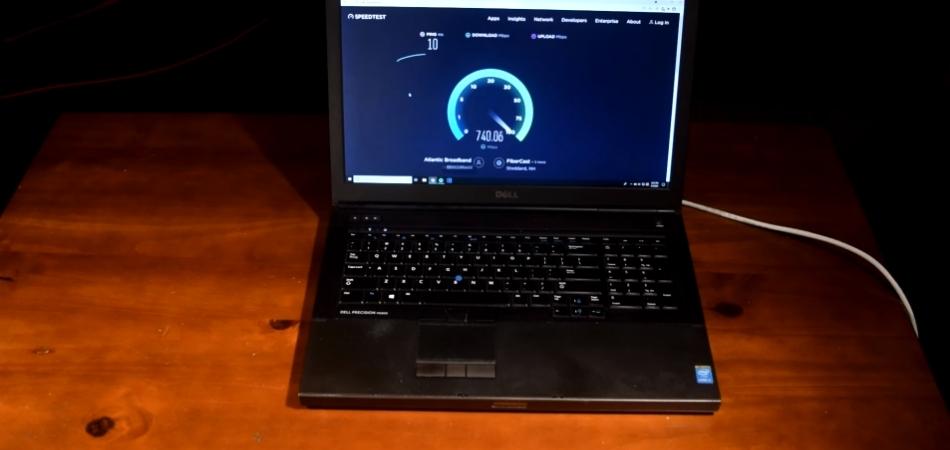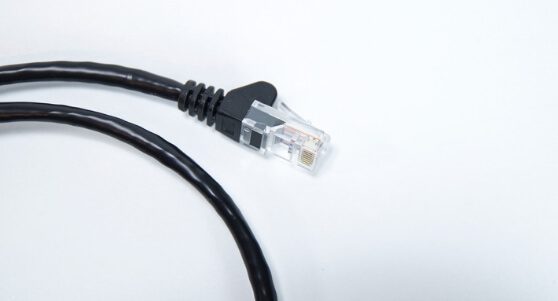Ethernet is the standard technology for connecting computer devices in a wide area network (WAN) or wired local area network (LAN). It supports the communication of devices by using a common network language. Using Ethernet cables for network connectivity is generally less powerless to disruptions. It also offers a great capacity for network control and security. It is the most popular form of web connection for specific organizations due to its security, reliability, and speed capabilities. Its ability to evolve and deliver high-performance levels ensured its popularity as the network advanced.
Ethernet cables are ordinarily the best form of network connection for gamers and those who want a peaceful time using the network free from signal interloping. The popularity of the Ethernet cable has created a lot of curiosity concerning its effectiveness and speed while surfing the internet.
This article contains information that will help us better understand the Ethernet cable.
How Long Can an Ethernet Cable Be without Losing Speed?
The Ethernet cable type helps determine the lengths that would not interfere with speed. Every Ethernet cable has a different frequency, limits, and speed. Below are the various types of Ethernet cables.

- Cat 5: This is the hoariest category of cables, and it was popularly used worldwide. In a length of 100 meters, this cable contains a speed of 100 Mbps and 100MHz frequency.
- Cat 5e: This category of the Ethernet cable is an upgraded version of cat5, plus it has better internet surfing speed. In a length of 100 meters, this cable contains a speed of 1000 Mbps and 100 MHz frequency.
- Cat6: Cat6 Ethernet cables are better and more uprated than cat5e cables in frequency and reliability. In a length of 55 meters, this cable contains a speed of 10Gbps plus a frequency of 250MHz.
- Cat6a: These cables are more value-added pus are thicker than cat6 cables. They also have a larger length limit than the stated above cables. They come in a range of colours and lengths. In a span of 100 meters, this cable contains a speed of 10Gbps plus a frequency of 500MHz.
- Cat7: This type of cable has better-upgraded reliability and frequency than the cat6 cable. They contain a level design that is space-saving. In a length of 100 meters, this cable includes a speed of 10Gbps plus a speed of 600MHz.
- Cat 7a: They contain more reliability and frequency than cat7 cables. In a length of 100 meters, this cable includes a speed of 10Gbps plus a frequency of 100 MHZ.
- Cat 8: These cables can facilitate POE as they can provide data and power simultaneously. In a length of 30 meters, this cable contains a speed of 25Gb plus a frequency of 2000MHz.
There are various length limits to every single category of the Ethernet cable. Reduction of speed plus reliability issues may be caused when the length limit is surpassed. Additionally, Ethernet cables are normally meant to share data over short distances like inside an office or home network.
Here are why it is better to use an approximate length of 100 meters of these cables.
- Longer lengths of the Ethernet cable provide higher frequency levels. These levels tend to create a lot of unpleasant signal sounds.
- To prevent data signals from being interrupted by external damages or electric signals.
- When enhancing the reliability of the cables as, longer cables can cause interruptions in the movement of signals.
- This permits a much tidier installation when the cables get fixed on walls or floors, devoid of a trip threat.
Let’s Find Out: Can A Bad Ethernet Cable Slow Down Internet?
Do Long Lengths of Ethernet Cable Increase Inactivity?
Yes, lengthy Ethernet cables tend to increase undetectable inactivity. Data signals travel at an approximate speed of about 199861.6387 km/sec, in an approximate limit length of 100 meters inside the Ethernet cable. The variations in speed may not be noticeable in shorter lengths like 30 to 50 meters but are noticeable in exceeded lengths of 100 meters. The speed of the cable will significantly drop, making its inactivity rise.
Which Type of Long Ethernet Cable Is Best to Use?
The fit-to-use type of long Ethernet cables depends on their purpose.
Home Network
Here all cables apart from cat5 are suited for many modern homes. Cat5 cables are old, plus they contain low frequency and speed, making them unsuitable for use. The best Ethernet cable choice to use externally is cat5e due to its flexibility and speed. Cat6 and cat7 cables can be an overload, and many home-based networks do not support them, but they are the best cables to use internally.
Office or Business Network
The best Ethernet cables to use are cat6 or cat7. Using switches is suggested never to use long cables in business or office networks. Furthermore, those offices with server rooms can use cat8 to moderate cables in the server. Future-proofing should be recommended in business and office networks.

The most effective Ethernet cable length used in household and office networks should be approximately 100 meters. If a cable tends to be used over 100 meters, one should use switches. You divide your cables into shorter pieces and intersect them using a switch. For outdoor use, it is recommended to use optical fiber cables.
Does Long Ethernet Cable Reduce Speed?
The Ethernet cable cannot cause an impact on a computer’s performance as it only interferes with the frequency and speed of the computer’s internet. This makes it the best and most secure ideal mode of network connectivity.
Conclusion
Long Ethernet cables exceeding 100 meters can interfere with and reduce speed. Shorter Ethernet cables are the best ideal cable to use in both household and office networks. Additionally, Ethernet cables are meant to share data over short distances. If you want to use this cable over a longer distance exceeding 100 meters, you should use a switch. Ethernet cables are the best ideal for network connectivity due to their reliability, speed, and reduced signal sounds. For a reliable and fast-speed network connection, I encourage you to use shorter lengths of the Ethernet cable.
